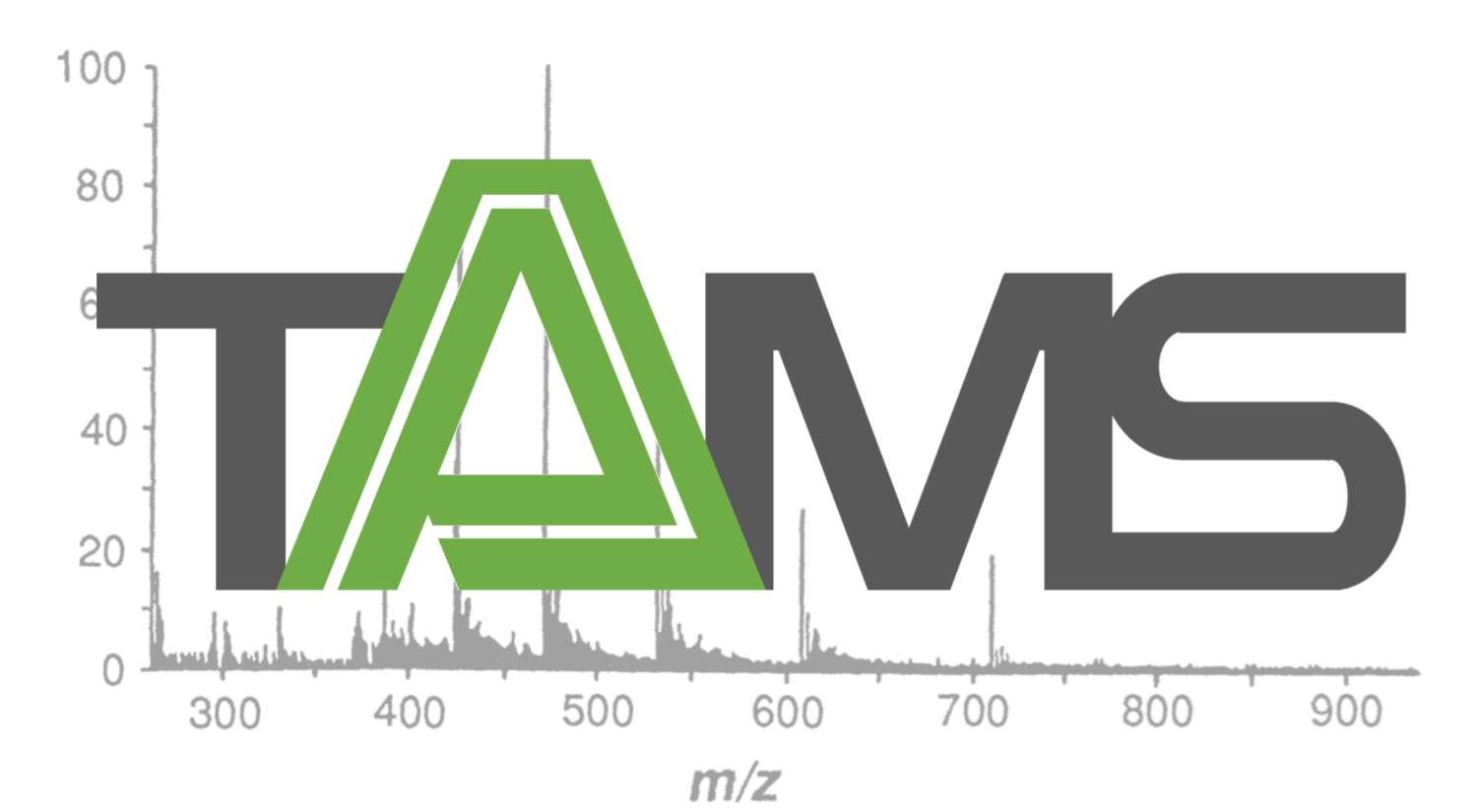Plenary Lecture:
"Loving Science in the ‘Omics Mass Spec Lab and having the QC Metrics to Prove It!"
Professor Arthur Moseley, Duke University, Center for Genomics and Computational Biology
Student Lecture:
"Eliminating the Throughput vs Resolution Tradeoff in Sector Mass Spectrometer Miniaturization"
Kat Horvath, Laboratory of Professor Jason Amsden, Duke University, Department of Electrical and Computer Engineering
Miniaturization of mass spectrometers, and sector instruments in particular, leads to a trade-off between throughput and resolution resulting in poor performance relative to laboratory instruments, limiting their use in the field. The use of spatially coded apertures in sector mass spectrometers can eliminate this trade-off. Spatial aperture coding replaces the single slit in a traditional sector spectrometer with a one- or two-dimensional array of slits. The size of the smallest slit in the array sets the resolving power, while the total open area determines the throughput. Traditional spectra can then be computationally reconstructed from coded spectra given knowledge of the aperture pattern and physics of the mass analyzer. The enhanced throughput can increase the signal level with respect to the underlying noise, thereby significantly improving sensitivity to low concentrations of analyte. As resolution is maintained, there is no decrease in selectivity. This paper discusses the state of development of spatial aperture coding in mass spectrometry. Both one- and two-dimensional codes have been demonstrated in a simple 90-degree magnetic sector mass analyzer, demonstrating up to an order of magnitude signal increase without loss of resolution. In addition, recent work adapting both Mattauch-Herzog and cycloidal mass analyzers for aperture coding are described. Results are presented from a portable cycloidal coded aperture miniature mass spectrometer (C-CAMMS) prototype incorporating aperture coding, a new magnet geometry with improved field uniformity, a miniature carbon nanotube (CNT) field emission electron ionization source, and a capacitive transimpedance amplifier ion array detector, showing a >10x increase in throughput with no loss in resolution.
